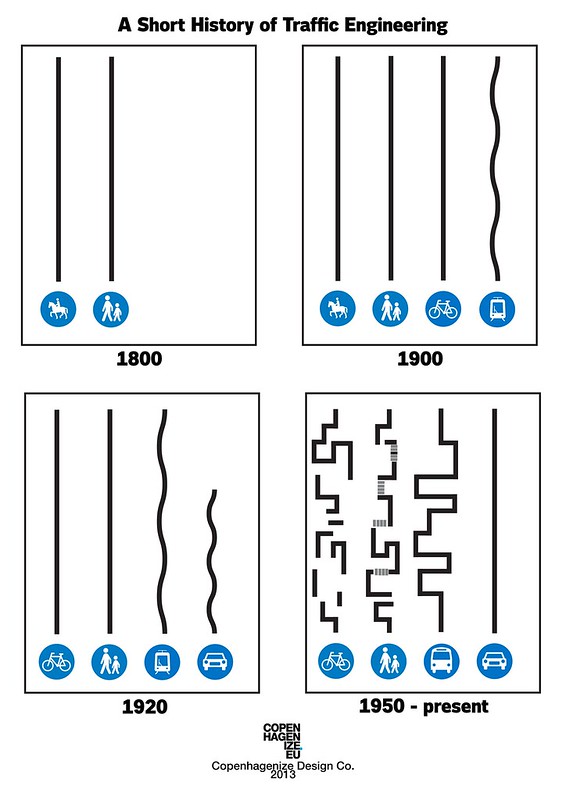
Associate Program Director, Operations
- Department: Engineering and Technical Services
- Grade: 13
- FLSA Status: Exempt
- Supervisor’s Title: Program Director, Engineering
Nature of Position: The Associate Program Director for Operations assists the Program Director for Engineering in his/her role in coordinating the technical and engineering programs and the activities of the Association as assigned.
The Associate Program Director for Operations will assist the Program Director for Engineering and other senior staff in monitoring one or more transportation modes of interest to the Association, including the work of the AASHTO Standing Committee on Highways; its Subcommittees on Traffic Engineering, Maintenance, Systems Operation and Management; associated technical committees and task forces; and technical service programs in the engineering operations arena. The incumbent assists the Program Director in providing professional and logistic support to ensure that these committees understand AASHTO policies and procedures and are cognizant of key technical, legislative, and regulatory issues. With the assistance of the Program Director for Engineering, the incumbent also represents and promotes AASHTO’s position before federal agencies or other organizations. To this end, the incumbent develops working relationships with external governmental and technical organizations. The incumbent may represent the Association on panels or in workshops, and perform functions as necessary to further public comprehension of AASHTO’s purpose and activities.
The incumbent will also serve as staff liaison to one or more subcommittees or task forces. Duties will include attending meetings and providing policy or procedural advice; advising on meeting agendas and task force staffing; disseminating informational material to committee members; and providing other assistance as required. The incumbent also works with a variety of committees in the production of engineering and professional publications, and responds to technical inquiries on publications and policies.
Education: A bachelor’s of science degree in engineering is preferred. Evidence of a higher degree of professional development is desirable. Professional registration is desired.
Skill Requirements: A broad understanding of transportation engineering and the technical aspects of one or more modes of transportation, as well as legal, legislative, and regulatory history of that transportation mode, and current developments and trends in that sector. Sound comprehension of the administrative, legislative, and regulatory process at the federal and state levels. Sound project management skills, as well as excellent written and oral communication skills. The incumbent must be available to travel.
Relevant Experience: Approximately ten years or more of professional experience in one of the transportation modes is required, with demonstrated evidence of professional growth, increasing responsibility, and project management/consultant oversight skills. Some of the previous experience should be in design, construction, operations, maintenance, and/or planning in a state, local, or federal transportation agency.
Relationships With:
- Members: Maintain regular and frequent contact with committee members through meeting attendance, newsletters or correspondence, e-mail, and telephone contacts.
- Governing Structure: The position involves a close and continuing responsibility to committee officers of assigned committees.
- Government: The incumbent is responsible for maintaining contact with appropriate state, local and Federal government personnel.
- Public: Responds to certain public written and telephone inquiries, especially in technical areas, and may have occasional contact with media representatives.
- Other Organizations: The incumbent is expected to maintain good working relationships with other interest groups or associations, and may represent AASHTO on panels. Depending on the specific duties assigned, the incumbent may be responsible for helping to negotiate contracts and for monitoring assigned professional consulting contracts.
- Association Office Personnel: May assist other staff members as required.
Position Responsibilities:
- Association Policy Formulation: The incumbent is expected to assist the Program Director in the development and implementation of association policies.
- Planning: May be called upon to participate in various long-range planning efforts, and is responsible for planning pertinent elements of the Association’s annual conference. Depending on the specific duties assigned, the incumbent may be expected to assist in planning annual publication activities, budget preparation, and planning of the Association’s annual budget..
- Transportation Policy Formation: The incumbent is expected on occasion to draft, write, or edit transportation policy statements or resolutions related to the assigned transportation modes, or other areas of interest to the Association; however, such positions may not be established without approval by higher authorities.
- Decision Authority: As assigned by the Program Director.
- Budgetary Responsibility: Assists the Program Director for Engineering in recommending and controlling his/her budget ranging from $50,000 to $3,000,000.
- Supervisory Responsibility: Supervises Program Manager for Engineering, Telecommunications Manager, and several consulting contract employees. May be designated to perform the duties of the Program Director in his/her absence or as assigned.
- Supervision Received: Supervision is provided in terms of general objectives, rather than on a day-to-day basis. Significant decisions will be reviewed by the Program Director for Engineering.
- Availability of Qualified Personnel: The recruitment of a qualified replacement is estimated to require from three to four months.
========================================================================================================
Program Manager for Engineering
- Department: Engineering and Technical Services
- Grade: 10
- FLSA Status: Exempt
- Supervisor’s Title: Associate Program Director, Operations
Nature of Position: The Program Manager for Engineering assists the Associate Program Director for Operations and other senior staff in the work of the AASHTO Standing Committee on Highways and its Subcommittees (to include one or more of the following: Traffic Engineering, Maintenance, and/or Systems Operation and Management), as well as technical service programs in these areas, as assigned. Duties will include attending meetings and providing policy or procedural advice; advising on meeting agendas and task force staffing; disseminating informational material to committee members; and providing other assistance as required. The incumbent will also work with a variety of committees in the production of engineering and related professional publications, and may respond to technical inquiries on publications and policies.
Education: A bachelor’s of science degree in engineering is required, preferably in civil engineering, and professional development such as postgraduate education. Professional registration is desired.
Skill Requirements: A broad understanding of the technical aspects of highway engineering, to include traffic engineering, maintenance, and/or systems operation and management, and a sound comprehension of the administrative, legislative, and regulatory process at the federal and state levels. Sound project management skills, as well as excellent written and oral communication skills. Basic use of the computer for word processing, spreadsheet analysis, and use of databases. The incumbent must be able to travel 50-70 days per year.
Relevant Experience: A minimum of seven years of professional experience in transportation engineering is required, to include traffic engineering, maintenance, and/or systems operation and management, with demonstrated evidence of professional growth, increasing responsibility, and project management/consultant oversight skills. Some of the previous experience should be at a policy planning or management level in a state, local, or federal transportation agency.
Relationships With:
- Members: Maintain regular and frequent contact with committee members and task forces through meeting attendance, newsletters or other correspondence, e-mail, and telephone calls.
- Governing Structure: The incumbent provides support to the Associate Program Director for Operations and to AASHTO committees, has frequent contact with certain committee officers, and may communicate with officers and members of the Board of Directors and Executive Committee.
- Government: Initiates and maintains direct contacts with state, local and Federal government personnel.
- Public: Responds to written and telephone inquiries, particularly those relating to engineering projects. Occasional contact with media.
- Other Organizations: The incumbent is expected to maintain good working relationships with other interest groups and associations. Depending on the specific duties assigned, the incumbent may be responsible for monitoring assigned professional consulting contracts.
- Association Office Personnel: As directed, the incumbent is expected to assist, from time to time, other professional staff.
Position Responsibilities:
- Association Policy Formulation: The incumbent shall assist the Associate Program Director for Operations and other senior AASHTO staff in proposing, developing, and implementing association policies.
- Planning: May be called on to participate in various long-range planning efforts, and is responsible for strategic and operational planning for the Association’s activities relevant to assigned engineering projects. Depending on the specific duties assigned, the incumbent may be expected to assist in planning annual publication activities, budget preparation, and planning of the Association’s annual budget.
- Transportation Policy Formulation: The incumbent is expected, on occasion, to draft, write, or edit transportation policy statements or resolutions related to assigned transportation modes, or other areas of interest to the Association; however, such positions may not be established without approval by higher authorities.
- Decision Authority: Participates in the selection of contractors for technical services and bids in various committee decisions.
- Budgetary Responsibility: Responsible for developing and maintaining the budget for assigned committees and technical service areas and other areas as assigned.
- Supervisory Responsibility: None.
- Supervision Received: Supervision is provided in terms of general objectives, rather than on a day-to-day basis. Direct supervision on non-routine tasks is provided by the Program Director for Engineering.
- Availability of Qualified Personnel: The recruitment of a qualified replacement is estimated to require three months.






